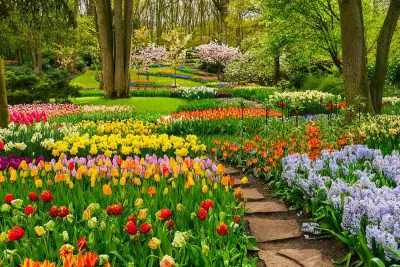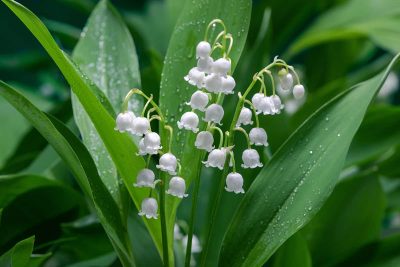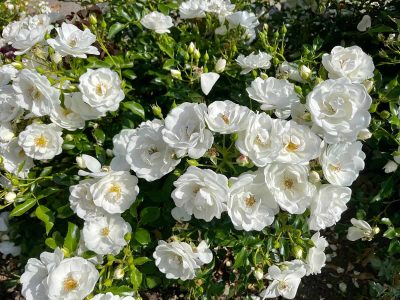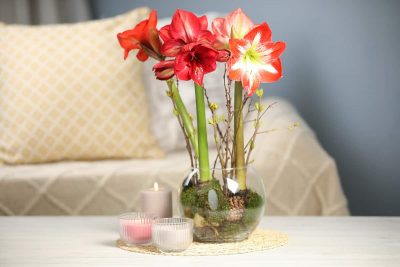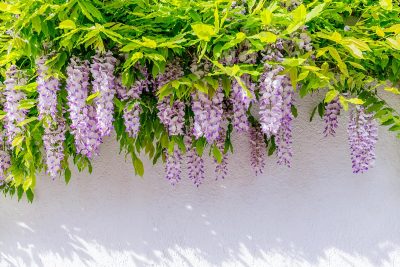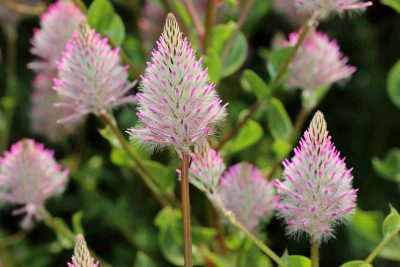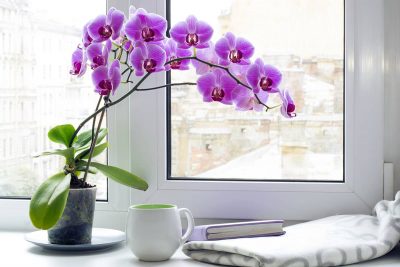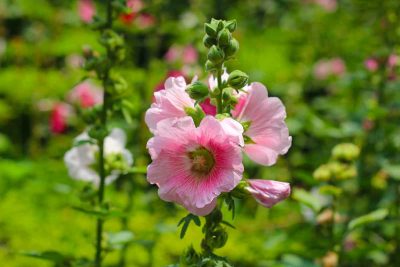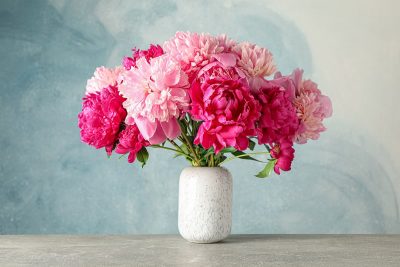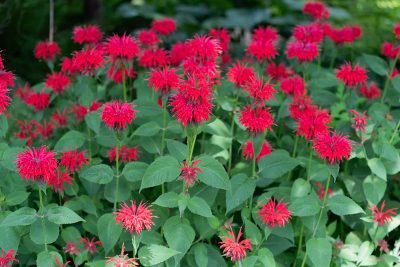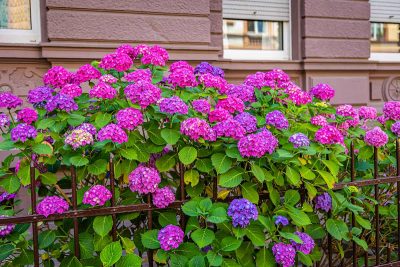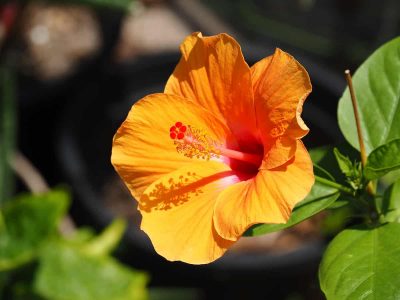Spring is in full bloom, and your garden is coming alive with vibrant colors. Walking outside, you notice the cheerful yellow of daffodils and the delicate pinks of tulips, signaling that May has arrived. This time of year brings a burst of energy and renewal as flowers in season during May brighten up your outdoor spaces.
Lily of the Valley is a fragrant perennial known for its sweetly scented white flowers. You can grow this plant in parts of your garden that enjoy partial to full shade. Its ability to spread readily makes it ideal as ground cover, but it requires careful placement to prevent it from invading other areas.
Despite living in a region with harsh winters and scorching summers, you might think your gardening options are limited. However, with tough roses, known for their resilience to extreme weather and poor soil conditions, your garden can not only survive but thrive.
Ever had a bulb of amaryllis but didn’t know what to do with it? That was me. It sat on my table until I decided to plant it. Seeing it grow into a beautiful flower was amazing. Lots of us have been there – not knowing what to do with a plant bulb. Let’s learn together how to plant and take care of it. Whether you’re good with plants or just starting, looking after an amaryllis is something everyone can enjoy.
Whether you dream of a picturesque pergola or a vibrant garden wall, wisteria holds endless allure. Let’s unravel the mystique surrounding this beloved vine and cultivate a flourishing haven together
Whether you’re a seasoned green thumb or just starting out, Ptilotus offers a lesson in adaptability and growth. Let’s delve into the secrets of nurturing this remarkable plant and watch your confidence as a plant parent flourish alongside it.
Watching an orchid’s flowers wilt and fall can be disheartening, especially when you’ve enjoyed its stunning display for weeks. The good news is that with the right care, you can coax your orchid into a vibrant re-bloom, turning those bare stems back into a cascade of color. In this article, we’ll discover some proven ways to ensure your orchid will bloom again.’ll discover some proven ways to ensure your orchid will bloom again.
Hollyhocks are a beautiful addition to any garden, with their tall stalks and vibrant flowers. Native to Asia and belonging to the mallow family, these plants can grow up to 3-6 feet tall and sometimes approach 9 feet in height. Their appealing height makes them a popular choice for background plants in flower borders or along fences and walls.
Peonies are very popular in floral arrangements due to their romantic appearance. They are an especially popular choice for weddings, bouquets, and other special occasions due to their elegance and beauty.
Bee balm is a popular perennial plant known for its vibrant flowers and fragrant foliage. As a member of the mint family, it attracts essential pollinators like bees, butterflies, and hummingbirds to your garden. Learning how to grow and care for bee balm is easy, rewarding, and can significantly enhance the visual appeal and ecological value of your outdoor space.
Walking through a garden, it’s impossible not to be captivated by the sight of a Sunflower towering overhead, its large, vibrant bloom turning towards the sun. This moment epitomizes the allure of plants that grow big and boast huge flowers, transforming any garden space into a dramatic showcase of nature’s grandeur
Hibiscus plants are known for their stunning, vibrant blooms that can add a tropical touch to any garden. However, keeping your hibiscus blooming and thriving can be a bit challenging. This article offers tips to maintain the health of your hibiscus and encourage continuous flowering.
